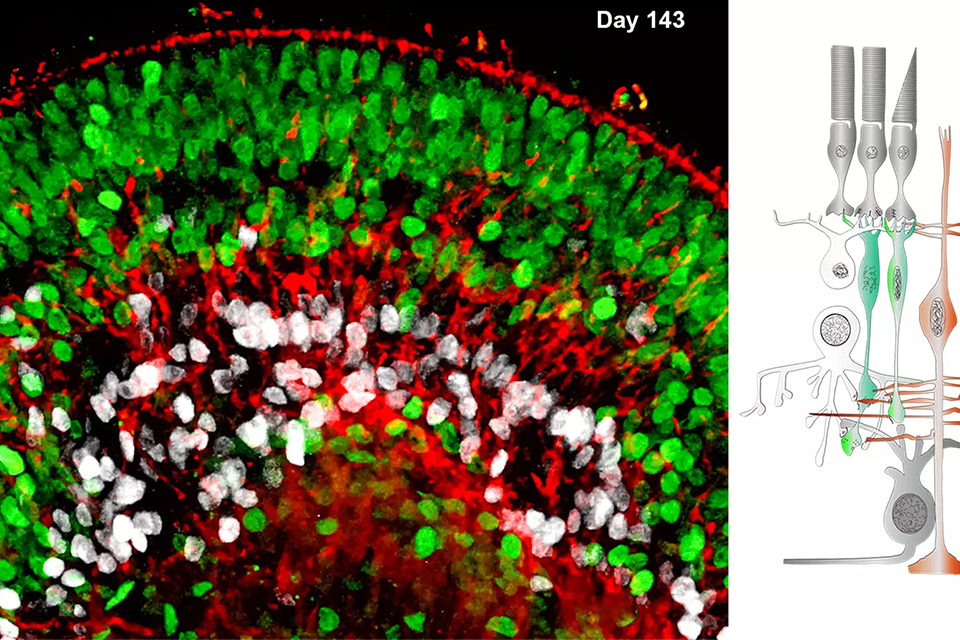Max Planck spin-off Meshcapade wins new startup award
Meshcapade, a start-up from Cyber Valley is planning nothing less than a minor revolution: their SMPL technology makes it possible to automatically create accurate and realistic humans in an easily accessible 3D format using a wide variety of data sources, such as images, sensor-based devices and body measurements. The resulting avatars have facial expressions, can reproduce subtle gestures as well as realistic movement, and are compatible with all major 3D visualization programs.











